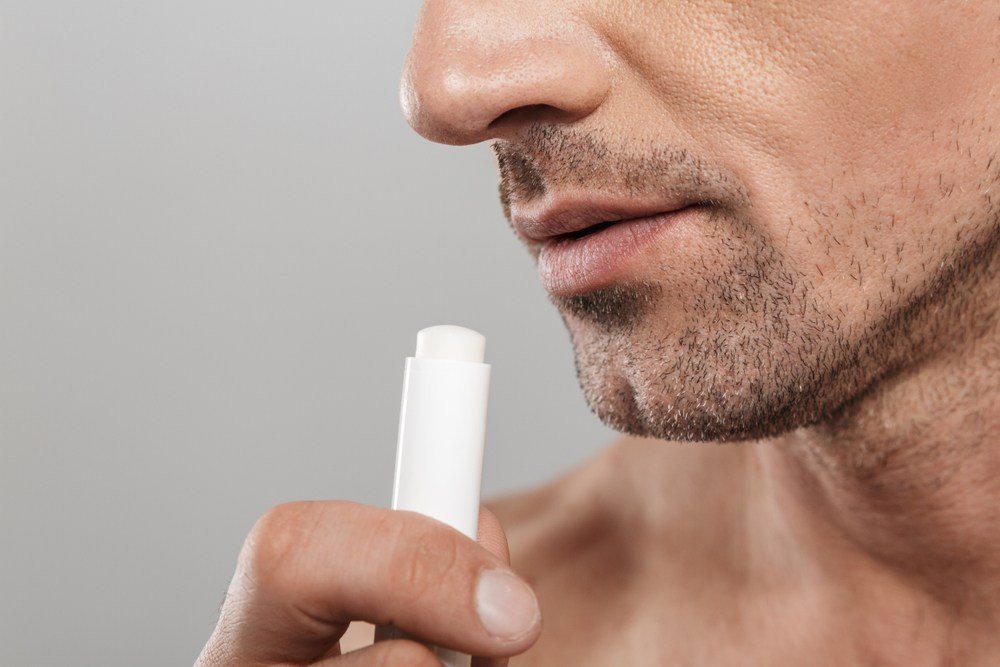Lip balm is a daily essential for many people, helping to keep lips soft, smooth, and protected. However, some common mistakes can prevent it from working effectively. Using the wrong formula, applying it too often, or relying on products with irritating ingredients can lead to more harm than good. Instead of soothing dryness, these errors can make lips feel even more dehydrated and uncomfortable.
Choosing the best lip balm for dry lips ensures proper hydration while avoiding unnecessary irritation. A well-formulated product provides moisture, protects against harsh weather, and helps repair damaged skin. This article explores the most common mistakes people make with balm and the best ways to correct them for healthier, well-nourished lips.
1. Using Balm with Harsh Ingredients
Many products contain ingredients that do more harm than good. Artificial fragrances, menthol, and certain preservatives can cause irritation, leading to more dryness and discomfort. Some formulas create a temporary cooling sensation but leave lips feeling drier once the effect wears off. To fix this mistake, check the ingredient list before purchasing a product. Look for natural moisturizers like shea butter, beeswax, and plant-based oils. Avoid formulas that contain alcohol, camphor, or synthetic additives, as these can strip moisture rather than lock it in.
2. Applying Too Much Balm
While keeping lips moisturized is important, overusing balm can have the opposite effect. Applying too frequently can prevent the skin from naturally producing oils, leading to dependence on external hydration. Some formulas contain occlusive ingredients that trap moisture but do not allow the skin to breathe, making lips feel dry soon after application. Applying it in the morning, before bed, and after meals is usually enough to maintain hydration. If they feel dry despite regular application, switching to a more nourishing formula may provide better results.
3. Licking Lips Instead of Applying Balm
Licking may provide temporary relief, but it worsens dryness over time. Saliva evaporates quickly, leaving more dehydrated than before. Additionally, enzymes in saliva can break down the delicate skin on the lips, leading to irritation and cracking. Breaking this habit requires conscious effort. Keeping a balm on hand makes it easier to reach for hydration. A formula with long-lasting moisture will reduce the urge to keep reapplying or licking. Staying hydrated by drinking enough water also helps maintain moisture from within.
4. Ignoring Sun Protection
Many people focus on protecting their skin from the sun but forget about their lips. Exposure to UV rays can cause dryness, premature aging, and even sunburn. Without proper protection, lips may become more susceptible to cracking and irritation. Choosing a balm with SPF helps shield against sun damage. A product with at least SPF 15 offers daily protection, while higher SPF formulas are ideal for extended outdoor activities. Applying an SPF balm in the morning and reapplying throughout the day ensures lips stay protected and hydrated.
5. Using Lip Balm Only in Winter
Cold weather can make them dry, but hydration is just as important in warm months. Exposure to heat, wind, and air conditioning can cause dehydration, leading to cracked lips even in summer. Many people neglect care when the weather feels comfortable, only to experience dryness later. To maintain healthy lips year-round, use a moisturizing balm regardless of the season. Lightweight, non-greasy formulas work well in warm weather, while richer balms provide extra protection during colder months. Drinking enough water and eating foods rich in healthy fats also contribute to hydration.
6. Applying Balm Over Dirt
Many people apply balm throughout the day without considering whether their lips are clean. Dirt, food particles, and bacteria can get trapped under the balm, leading to irritation or breakouts around the mouth. Layering products over unclean lips prevents proper absorption and reduces the effectiveness of the balm. A simple fix is to cleanse before reapplying balm. Wiping them with a damp cloth or using a gentle cleanser removes residue and ensures a fresh surface. Keeping them clean enhances moisture retention and prevents buildup that can lead to irritation.
7. Choosing the Wrong Type of Balm
Not all balms provide the same level of hydration. Some formulas contain more wax than moisturizing agents, creating a barrier without deeply hydrating the skin. Others may be too thin, requiring frequent reapplication without offering long-lasting relief. Finding the right balance is key. The best lip balm for dry lips should include a mix of humectants, emollients, and occlusives. Occlusives like beeswax help lock in hydration, preventing moisture loss. Choosing a well-balanced formula ensures effective hydration and protection.
Using the best lip balm for dry lips helps prevent common mistakes that can worsen dryness and discomfort. Avoiding harsh ingredients, exfoliating regularly, and applying balm correctly ensures long-lasting hydration. With the right approach, they remain soft, smooth, and healthy throughout the year.


